Advanced electrical magnetic materials have shown a pattern of coexistence of two development models of "high frequency, high magnetic density, low loss" and "being lightweight, miniaturized, and multifunctional". It has a profound and huge impact on the power systems in terms of depth and breadth. Researches in engineering and academia at home and abroad are also enthusiastic and frequently produced achievements.
Traditional magnetic materials used in electrical engineering mainly include permanent magnet alloys, ferrites and rare earth permanent magnet materials.
In recent years, injection molded permanent magnet materials (injected molded ferrite and injection molded rare earth materials) have attracted more and more attention due to their environmentally friendly and cost-effective characteristics.
1. Permanent magnet alloy. It is different from other materials in an important feature of high coercivity, which can be divided into:
(1) Al-Ni-Co permanent magnet alloy. It contains iron, nickel and aluminum as the main components as well as copper, cobalt, titanium and other elements. It has high remanence, low coercivity and low-temperature coefficient and stable magnetic. It is divided into casting alloy and powder sintered alloy. It is now mostly used in the instrument industry to manufacture magnetoelectric instruments, micro motors, relays, etc.
(2) Fe-Cr-Co permanent magnet alloy. It contains iron, chromium, and cobalt as the main components as well as molybdenum and a small amount of titanium and silicon.
It has good processability and can be deformed by cold thermoplastic deformation so that it can be used for special applications such as pipes, sheets and wires production. The magnetic properties are similar to Al-Ni-Co permanent magnet alloys and can be improved through plastic deformation and heat treatment. It is used to manufacture various small magnetic components with small cross-sections and complex shapes.
2. Ferrite. It is composed of iron family elements and other one or more appropriate metal elements, which are processed through pre-sintering, crushing, powdering, pressing molding, sintering and grinding. It does not contain precious metals such as nickel, cobalt, and it has abundant raw materials, simple processes and low cost. Therefore, it can replace AlNiCo permanent magnets to manufacture magnetic separators, magnetic push bearings, microwave devices, etc. However, it is not suitable for measuring instruments and magnetic devices with precision requirements.
At present, ferrite magnetic devices are developing towards miniaturization, integration and high frequency. Accordingly, new requirements are put forward for the performance of ferrite materials. As the frequency increases, serious eddy current loss will occur in ferrite materials. It has become an important bottleneck limiting its application. Therefore, the emergence of injection molded magnets provides a better solution to this problem.
3. Rare earth permanent magnet material is a permanent magnet material with the highest comprehensive performance among the magnetic materials used in electrical engineering presently. Its magnetic performance is more than 100 times higher than that of the magnetic steel used in the 19th century. Also, its performance is much better than ferrite, AlNiCo, and twice as high as expensive platinum-cobalt alloys. It has high magnetic characteristics, linear demagnetization characteristics, high-temperature resistance and good temperature stability, etc., and is widely used in automobile motors.

Other Functional Composite Materials In addition to bonded magnetic compounds, we can also cooperate with customers to develop customized functional composite materials, such as high-density compounds and metal bonded plastic. We are committed to providing customers with new user experience and different design inspiration.
 CN
CN

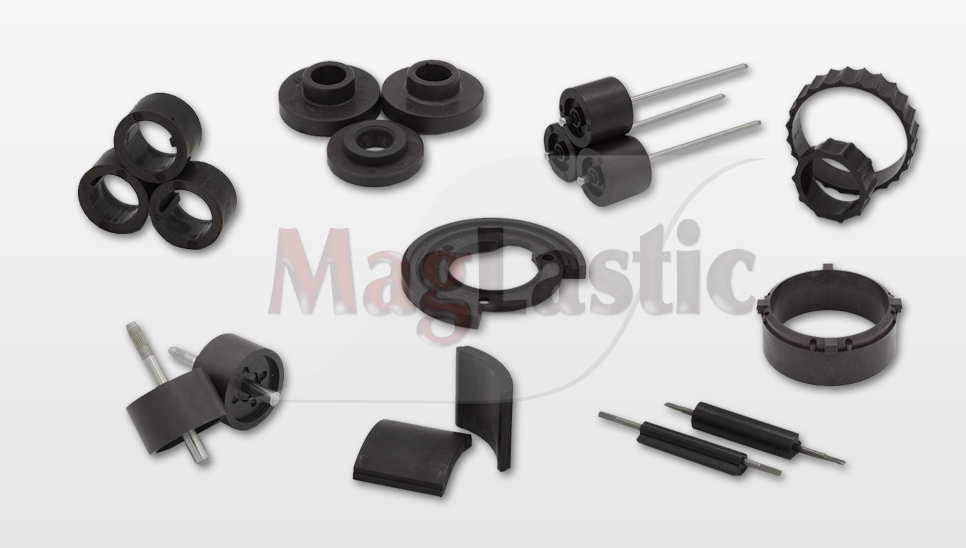
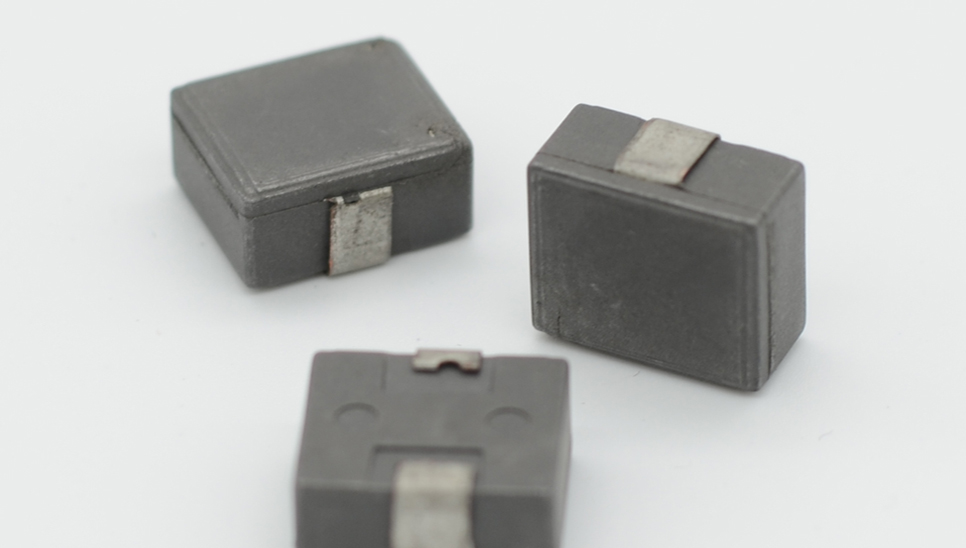
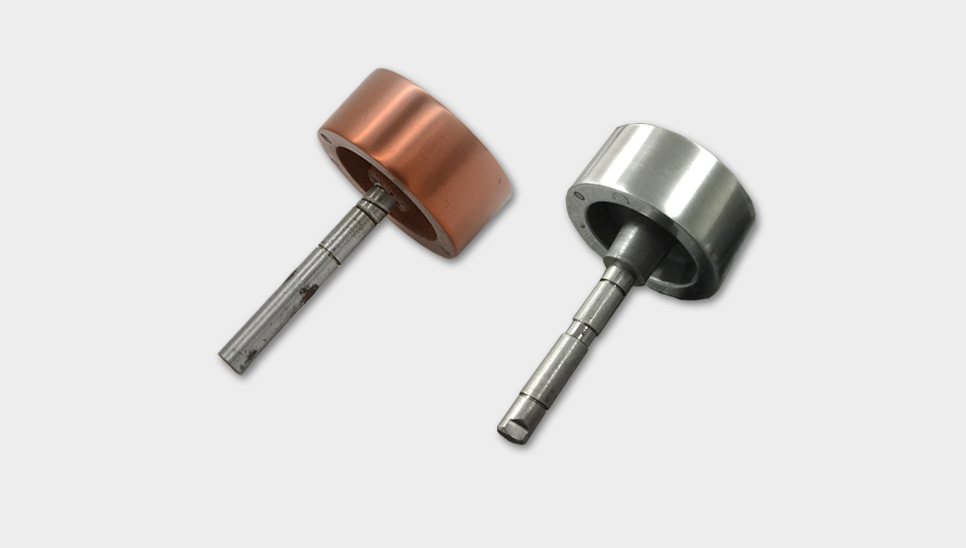
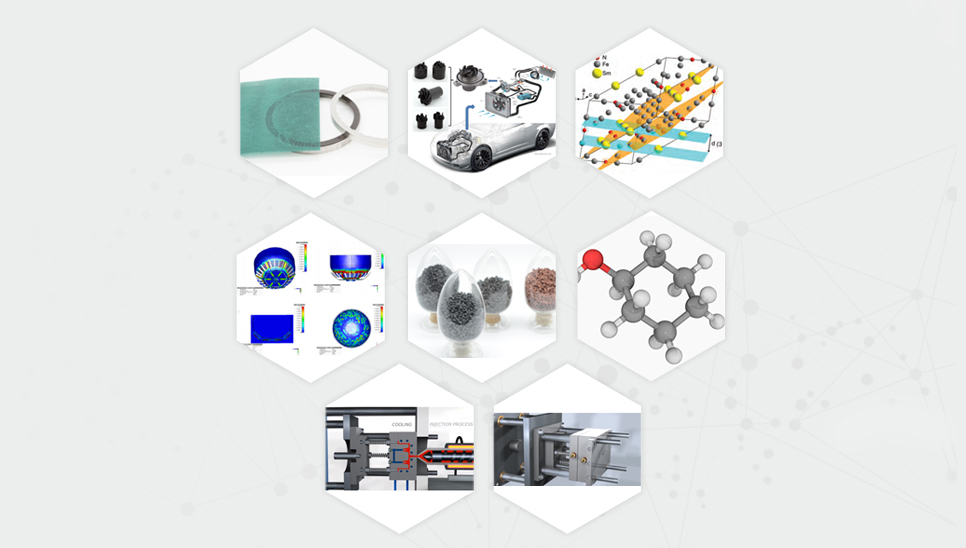

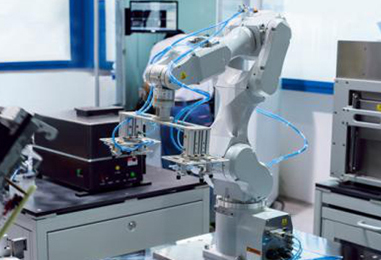
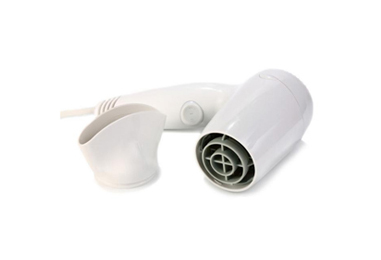



 Call us on:
Call us on:  Email Us:
Email Us:  1F, Building 3, NO.77 Gaoxin 13 road, Xiaoshan district, Hangzhou
1F, Building 3, NO.77 Gaoxin 13 road, Xiaoshan district, Hangzhou